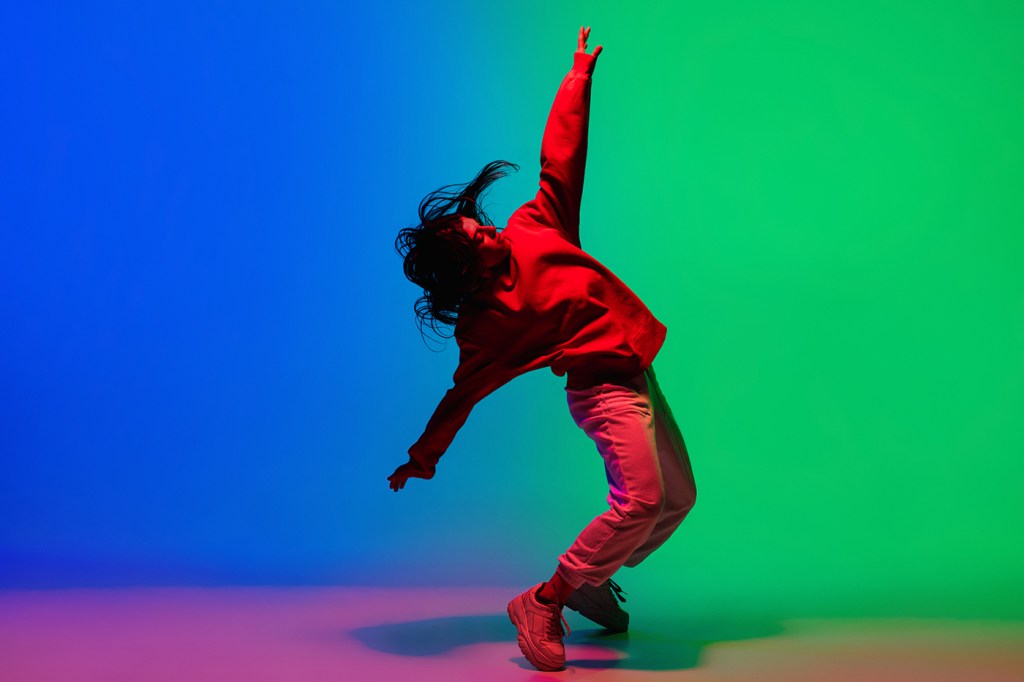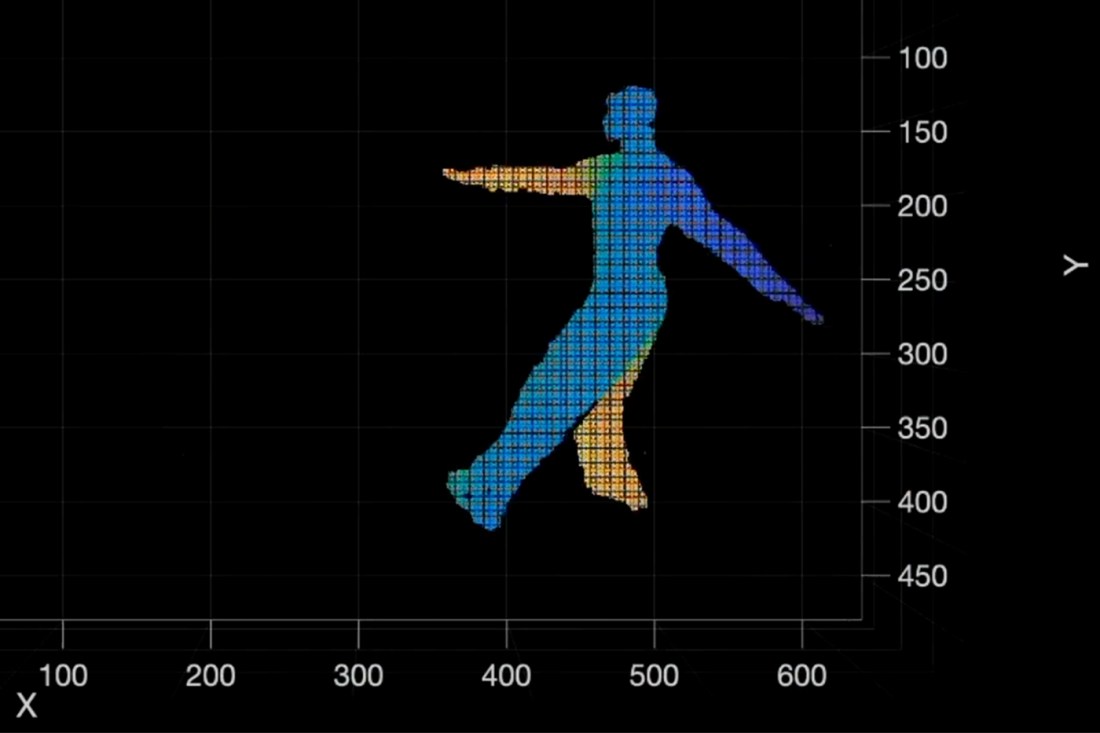Lady Gaga and Northeastern University researcher agree: ‘Just Dance’
New research by Aston McCullough, assistant professor of physical therapy, human movement and rehabilitation sciences, finds that dancing can have the same benefits as running and other forms of exercise.

Forget sneakers or cleats and put on those boogie shoes, as new research from Northeastern University finds that dancing can have the same health benefits as running and other forms of exercise.
“You don’t necessarily need to have music, you don’t need to have any training or a teacher, anyone — ostensibly — can dance right where they are and get a health-enhancing dose of physical activity,” says Aston McCullough, assistant professor of physical therapy, human movement and rehabilitation sciences at Northeastern.

Scientists have long known that dancing has many benefits, improving everything from heart health and balance to flexibility and psychological well-being.
But McCullough notes that prior studies have not measured the “dose” of free-form dance given — leading to questions about how intensely do people move when dancing however they wish, and is free-form dance intense enough to reach a moderate or vigorous intensity.
Prior studies also focused primarily on specific types of dance — for instance, ballet or hip-hop.
McCullough wanted to take a different approach — focusing not on trained dancers practicing an established style, but the everyday person who just likes to boogie down.
“We wanted to do a study that could give us the most bang for the buck, if you will,” McCullough says. “We said that anyone who comes in can do whatever they want — just dance however you want to dance. In that way, it automatically increases the public health relevance of the study.”

So McCullough gathered roughly 50 participants ranging in age from 18 to 83 years old and had zero to 56 years of dance training experience. Then he let them cut a rug for five-minute intervals at self-determined moderate and vigorous levels, both with and without self-selected music.
Meanwhile, McCullough measured their heart rates, perceived exertion and oxygen levels.
He found that whether in a club, on your own or even in the dark, getting down can get your heart rate up.
He published the results of the pilot study in the journal Plos One.
Editor’s Picks
McCullough found that dancing — even without music — expended enough energy to reach the recommended moderate to vigorous physical activity intensities. Being trained in dance had no effect on the energy expended, and music led participants to dance more intensely.
McCullough says the research is exciting because it means that dancing — wherever, whenever, however — counts toward the Office of Disease Prevention and Health Promotion’s recommendation that adult Americans get at least 150 minutes of moderate physical activity, or at least 75 minutes of vigorous activity, or some combination of the two, a week.
“People can dance without leaving their homes, people can dance without leaving a chair,” McCullough says. “So, in that way, we’re really excited about the benefits of dance for all people. Whatever may be your preferred way to dance, just make sure you have enough space around you to dance safely.”
Alas, dance may not be the perfect exercise.
The Office of Disease Prevention and Health Promotion also recommends that adults do muscle-strengthening activities such as resistance training or weight training two days a week.
“Some dance forms may include bodyweight resistance training, like breakdancing,” McCullough says. “But more research is needed on bodyweight resistance training and dance.”











